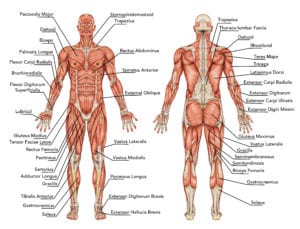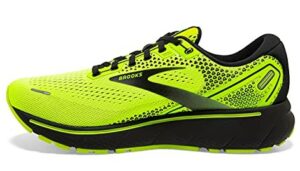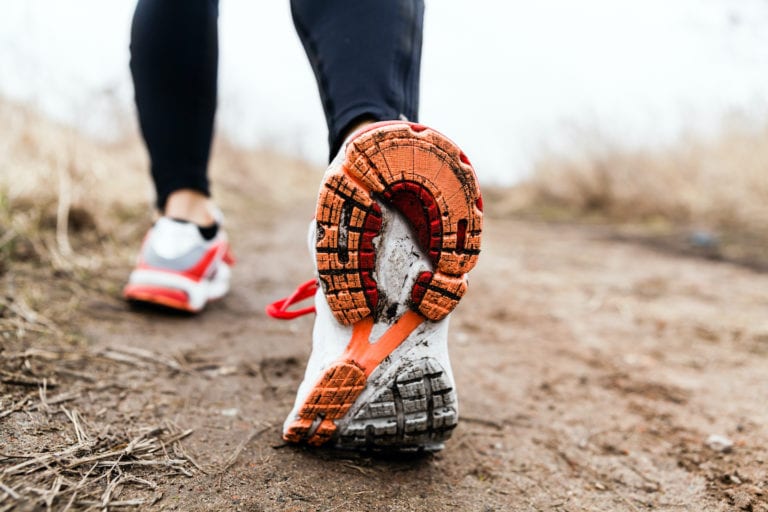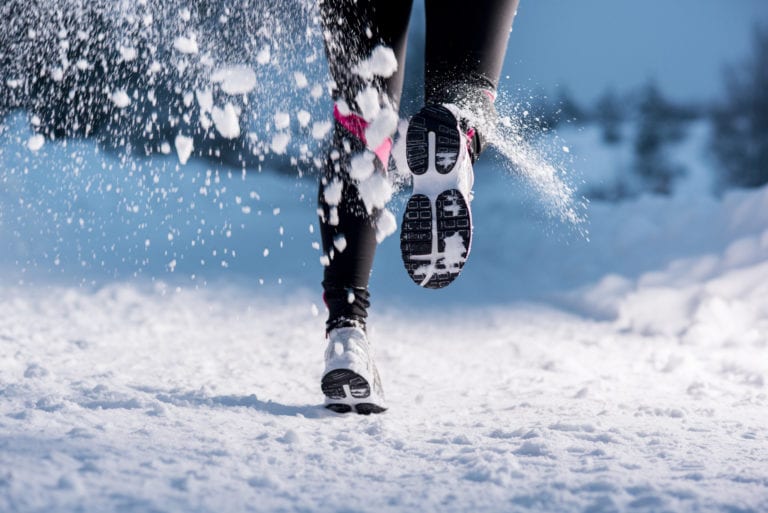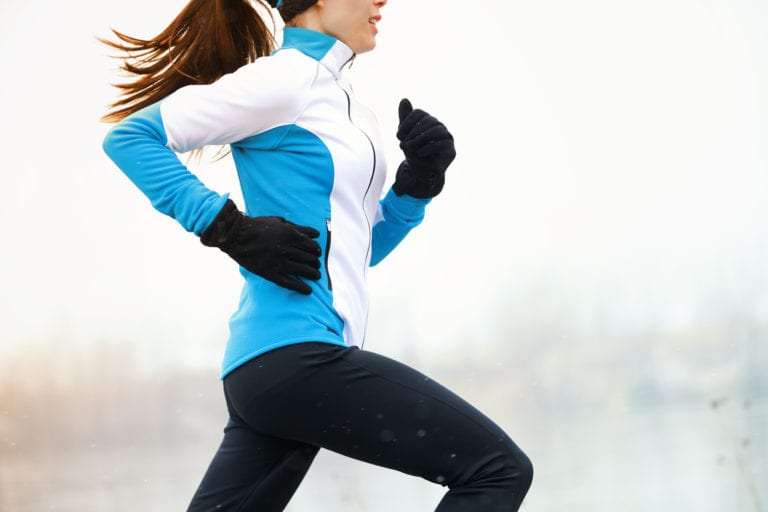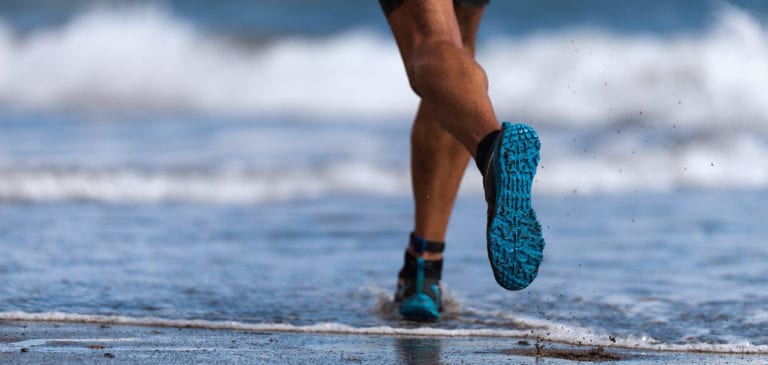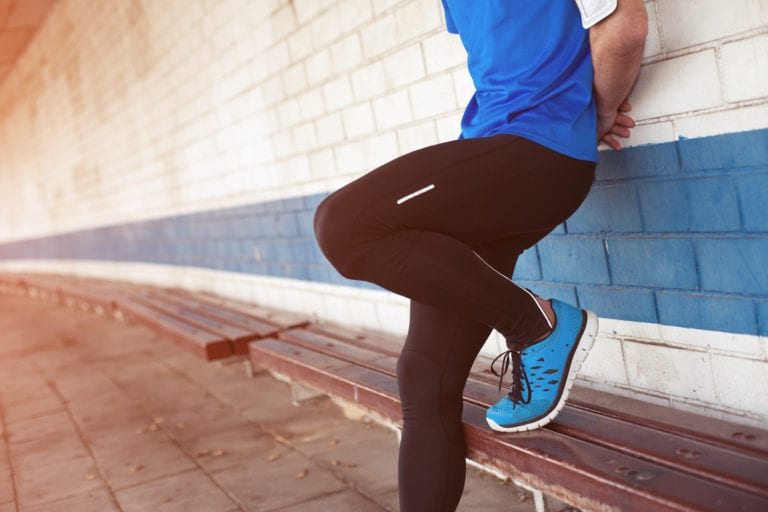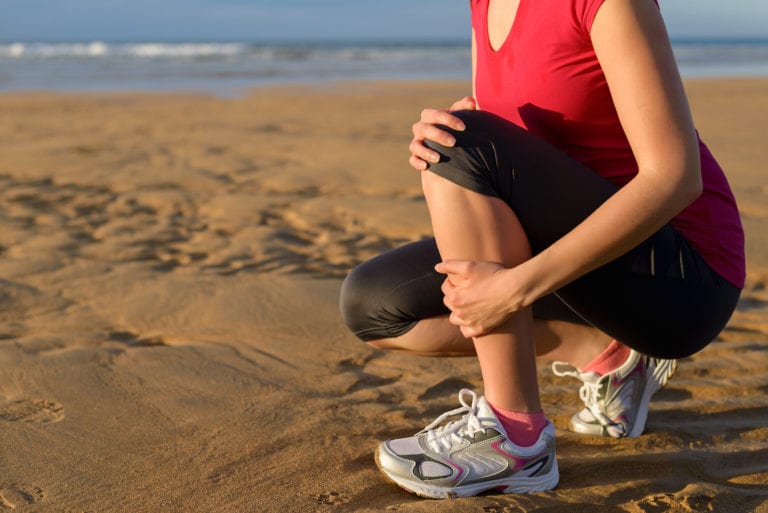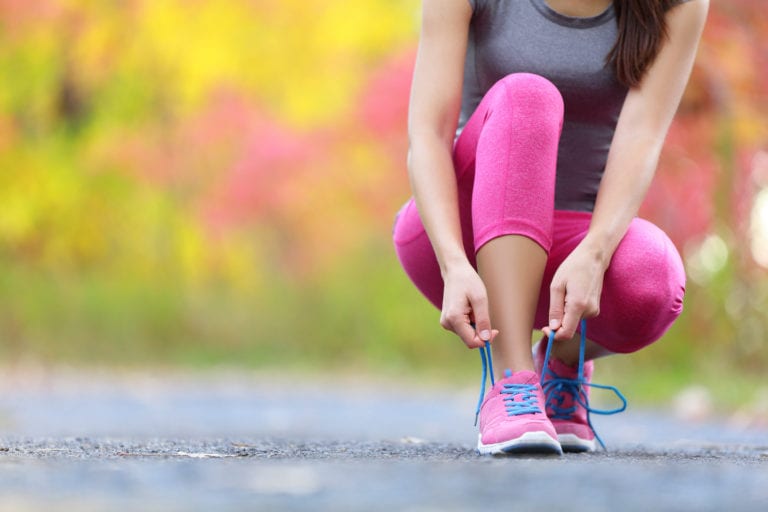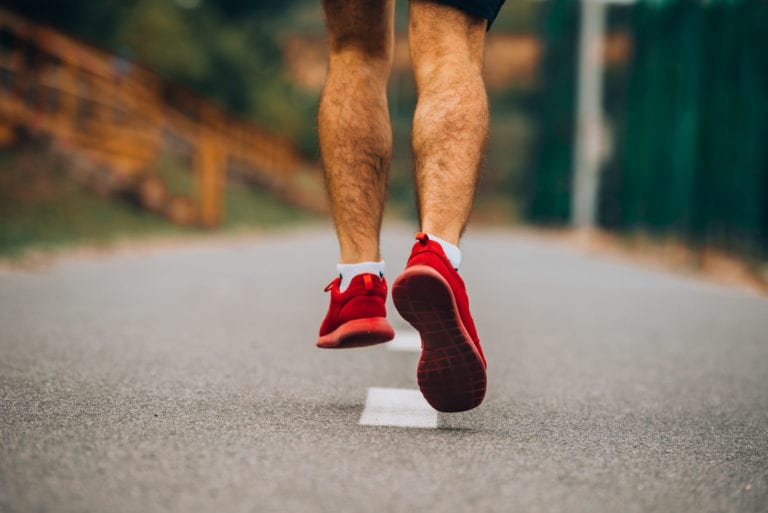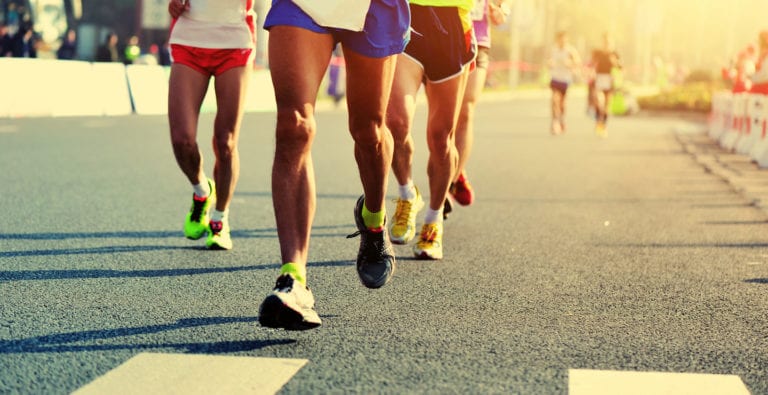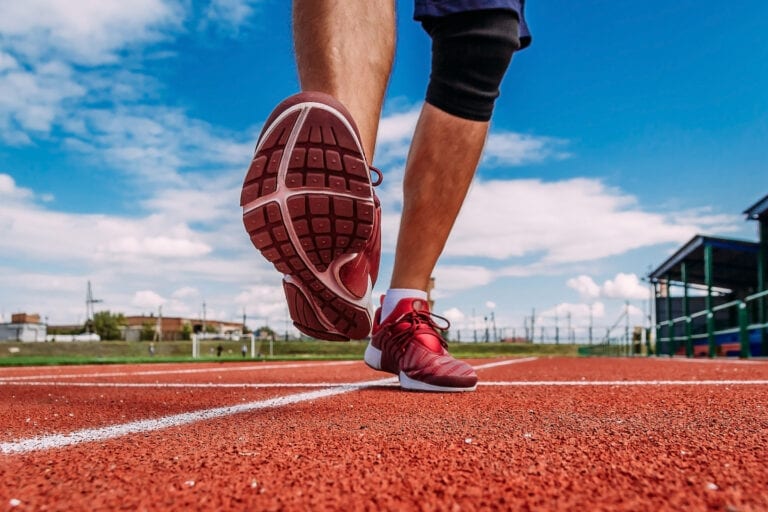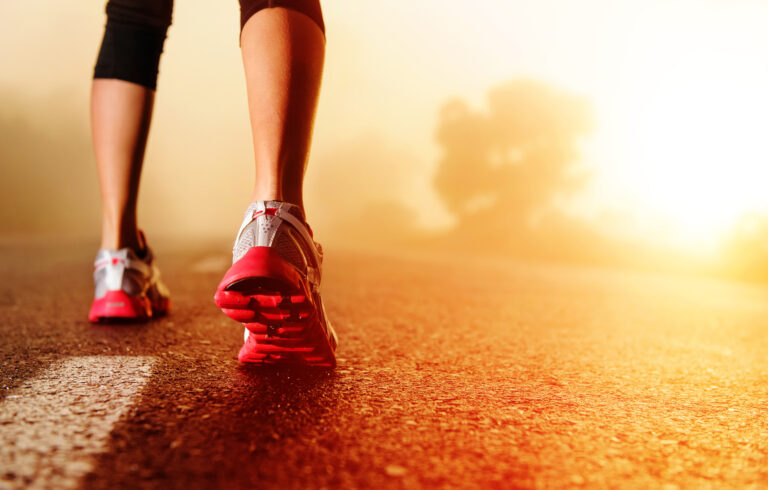Using a foam roller is part of the oft-quoted advice for all runners, and indeed for active people who are looking to release tension in the muscles, address a tender spot or simply relax after intensive training. Moreover, foam rollers can be extremely beneficial regardless of the type of activity you do, or how active you are.
But what are the benefits of foam rolling and are you doing it right? How often should you use one and can foam rollers be harmful? As an easy-to-use recovery tool that can bring you a welcome bit of tension release in the muscles, foam rollers are great accessories for runners.
Read on to find out:
- Why you should use a foam roller;
- How often and how to use foam rollers for tight muscles;
- How to choose your foam roller.
What’s so great about foam rollers and why use one?
We’ve all been there: you might wake up with muscle tightness after a long run or feeling knots and sore spots after sitting for too long at your desk. Muscle tension and discomfort are the main reasons runners reach for a foam roller, but why is it effective at releasing it?
When you run regularly, the impact causes small muscle tears that can linger if you don’t recover properly, causing pain and discomfort. Moreover, starting a run without a proper warm-up can be detrimental to your performance as well as put you at higher risk of injury. A foam roller helps with both. As a recovery aid, it helps massage your aching muscles and relieve tension, allowing you to control the level of pressure you put on your body, too. As a warm-up tool, it helps direct blood flow into your muscles, “waking them up” and preparing them for exercise.
In a 2020 review of scientific literature, it was confirmed that foam rolling may reduce muscle stiffness and increase range of motion. Therefore, researchers recommend it along with dynamic stretching and active warm-up before physical activity. Foam rolling additionally reduced DOMS (delayed onset muscle soreness), which confirms its potential for recovery from training as well.
Overall, it appears that foam rolling for 90-120 seconds on each muscle group needed can be a great addition to your toolkit for staying a strong, healthy runner. It is also often prescribed by physical therapists and doctors as part of injury recovery and returning to running for those athletes who have suffered from conditions connected to muscle tightness or incorrect running form.
How does foam rolling work?
Before you start rolling, you might want to know what actually happens when you use a foam roller. Essentially, the roller acts on the fascia – a sheath of connective tissue that covers all our muscles, similar to a flexible webbing that normally moves smoothly over the muscles. When you’re injured or when the fascia has been overused, or even as a result of inactivity, the fascia can stiffen up or stick to areas on your muscles, causing it to stop moving so effectively.
Additionally, the fascia moves on its own, too. And, if you have a sore muscle, this could cause tightness in the surrounding fascia as well, with other ramifications throughout your body.
When you use a foam roller on the fascia, you help it keep its elasticity. In turn, muscles can move through their normal range without restriction. This means you’re not compensating for a tight spot with an altered pattern of movement that could lead to injuries, and – of course – that you’re feeling more flexible and less stiff.
Finally, the fascia has sensitive nerves, which have been found to react as a relaxing mechanism after foam rolling. This tells your brain to relax and helps activate the nervous system, leading to more of a release in the muscle.
It’s important to note that a great advantage of the foam roller is that it allows you to apply the pressure required onto the fascia yourself, at home, whenever you feel that you need it. This makes it not only easy to use, but also more likely to be used than if you had to go to a massage or physiotherapy session.
How to use your foam roller for best results
Here are some tips to help you take advantage of your foam roller and get over those pesky muscle knots.
Upper body
Using a foam roller on your upper body is extremely beneficial for releasing tension and mimicking a deep tissue massage after a long day hunched over, driving, working on a computer, or just with bad posture. Additionally, as a runner, a loose, relaxed upper body contributes to good running form, so add a few of these loosening movements into your wind down routine.
- Upper back. From lying on your back, place the foam roller under your shoulders and lift your knees with feet flat on the ground. Brace your core and lift yourself off the floor, allowing yourself to roll backwards so the foam roller travels from your shoulder blades towards your lower back. Move back and forth.
- Shoulders. Tight, stiff shoulders can benefit from foam rolling, too. Lie on your side and place the foam roller directly under your shoulder, then roll up and down over your deltoid muscle for a great release.
- Lats. Your lat muscles can be massaged right under your armpits, by lying on your right side with your right arm stretched above your head. Place the foam roller under your arm and then roll towards it so it travels down towards your mid section.
Lower body
Rolling your lower body will be the most beneficial for runners. You need to pick a muscle group and focus on it for 90-120 seconds at a time for best results.
- Quads. If you sit at a desk all day, chances are that your quads need to be activated before a run with a simple roll. You can do this by lying on top of a foam roller on a mat, supporting yourself by your arms and rolling from the knees to the hips, back and forth. For more focus on one leg, lie on one leg at a time. This roll is also great if you’ve been doing a lot of downhill running where pressures on the quadriceps is even higher. Quad rolling also helps with knee pain, which is often caused by tightness in these muscles and the IT band.
- Calf muscles. Release painful spots in your calves after running by sitting on a mat, with your legs outstretched, placing the foam roller under your knees, and then moving backwards so the back of your legs travel on the roller.
- Hip flexors. Take a plank position as you did for the quad rolling, and this time lay your hips on the foam roller. Bend one leg comfortably to the side, then use it to direct your body back and forth on the roller, feeling the pressure onto the opposite hip.
- Hamstrings. Just like the calves, hamstrings can enjoy direct pressure by rolling from a seated position with the roller underneath your upper legs.
- IT band. One of the most important rolling moves for runners is for the IT band, a stretch of connective tissue that runs across your outer thigh from hip to knee. Inflamed or tight IT bands cause knee injuries, hip pain, and more. To avoid that, start by lying on your right side, with the foam roller under your thigh. Rest your body weight onto your right forearm, keeping your right leg straight, and your left leg slightly bent with the foot helping anchor you on the floor. Slowly roll along the right thigh, up and down, while bracing yourself with your upper body and left leg. Check out this video for more details.
When to use your foam roller
The foam roller isn’t just a recovery tool. In fact, it can be really effective to activate your muscles just before a workout, especially if you’ve been sedentary all morning and are about to go for a lunchtime run, for example.
After an intense leg workout, use the foam roller as part of your cool-down stretch and then again the following morning to help keep the blood moving to your tight muscles and speed up recovery. You may also find the foam roller particularly pleasant at the end of a long day at work, even without an accompanying workout. Spend 30-45 seconds on each side and each muscle group and you’ll feel as if you’ve just been for a professional massage.
Choose your foam roller wisely
All foam roller exercises can be performed with any size and strength of foam roller, but it’s useful to know that there are several types available. Most are made from a type of foam called EVA and the density (or strength) will obviously put more or less pressure on your muscles when you roll.
If you’re completely new to foam rolling, start off with a smaller, less dense type, then you can graduate to denser ones as your muscles get used to the feeling. Thick, round rollers are better for larger muscle groups (e.g. your hamstrings or quads), while smaller rollers will be easier to use for your lats.
In addition to your standard, cylindrical foam roller with a smooth surface, there are also “bumpy” or textured rollers with either square shapes or even more “aggressive” profiles. These are better left for use with advice from a physical therapist, however. A basic foam roller will already give you plenty of benefits in the first instance.
Finally, if you find that there are some sore or tight areas that the foam roller doesn’t hit quite right, there is also the option of using massage balls or smaller rollers called peanuts (a foam roller / ball combo). With a small massage ball, you can target smaller muscle groups such as on your forearm, for example.
Foam rolling for recovery – A welcome runner’s accessory
Along with stretching, foam rolling done right can help with muscle fatigue and sore spots that arise either from physical activity or from prolonged periods of inactivity. A few minutes of foam rolling before your run will activate your muscles and wake up the body, while rolling the problem areas when you have finished your workouts for the day will help your recovery.
However, if you feel intense pain or prolonged discomfort in any of the areas you have been targeting with the foam roller, you should always consult with a physician, so you avoid causing any damage.

